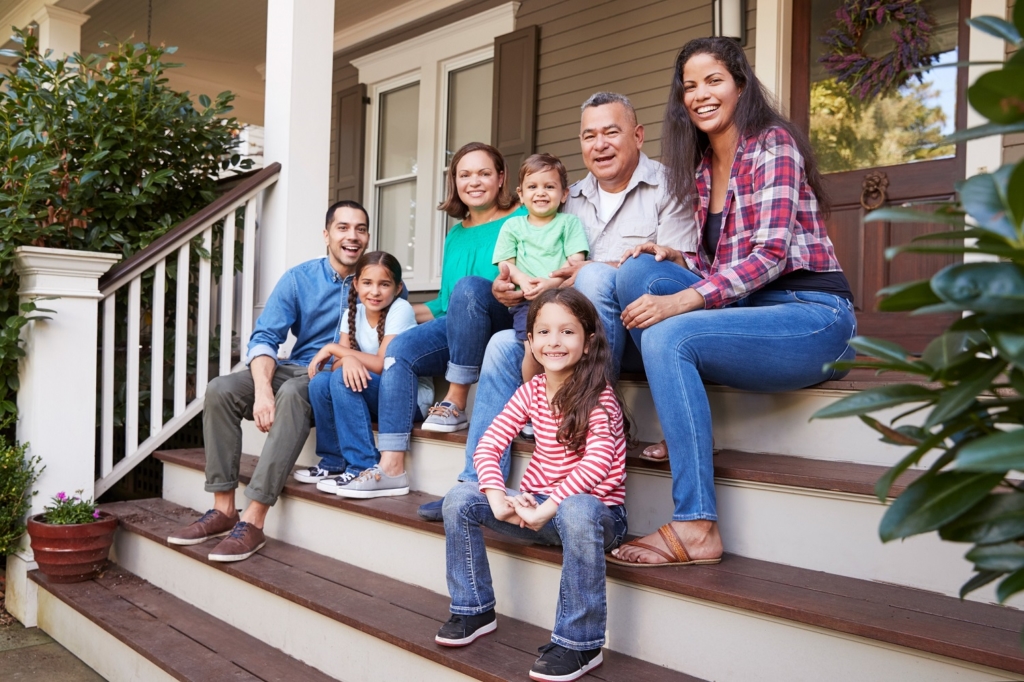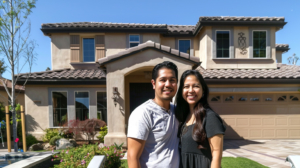In a well-established area of Redlands, California, in a tree-lined street with a mix of vintage and mid-century homes, the Garcia family began a journey that would redefine their understanding of home and family. Luis and Maria Garcia, both in their late 60s, found themselves opening their doors to their adult son, Miguel, his wife, Isabella, and their two young children, Sophia and Diego. The decision to bring three generations under one roof was not made lightly, but it was a choice that reflected a growing movement across the United States.
Multigenerational living, once a common arrangement in the past, is now resurfacing as a viable and increasingly popular option for many American families. The Pew Research Center reports that in 2016, a record 64 million people, or 20% of the U.S. population, lived with multiple generations under one roof. This number has been steadily growing since the 1980s, and the Garcias’ story is just one example of how families are adapting to the changing environment and needs of modern life.
The Garcias’ decision to live together was prompted by a combination of factors, including the high cost of housing in California, the desire to provide care for aging parents, and the longing for a closer family bond. “It just made sense,” Isabella Garcia explained. “We were struggling to keep up with the mortgage payments, and my in-laws were finding it harder to manage on their own. Moving in together seemed like the perfect solution.”
The Garcias’ experience is not unique. Across the nation, families are coming together to deal with a variety of challenges that are forcing families to look at alternatives to the traditional living arrangements of the past. From the skyrocketing costs of childcare and eldercare to the emotional toll of long-distance relationships, multigenerational living offers a way to pool resources, share responsibilities, and strengthen family ties.
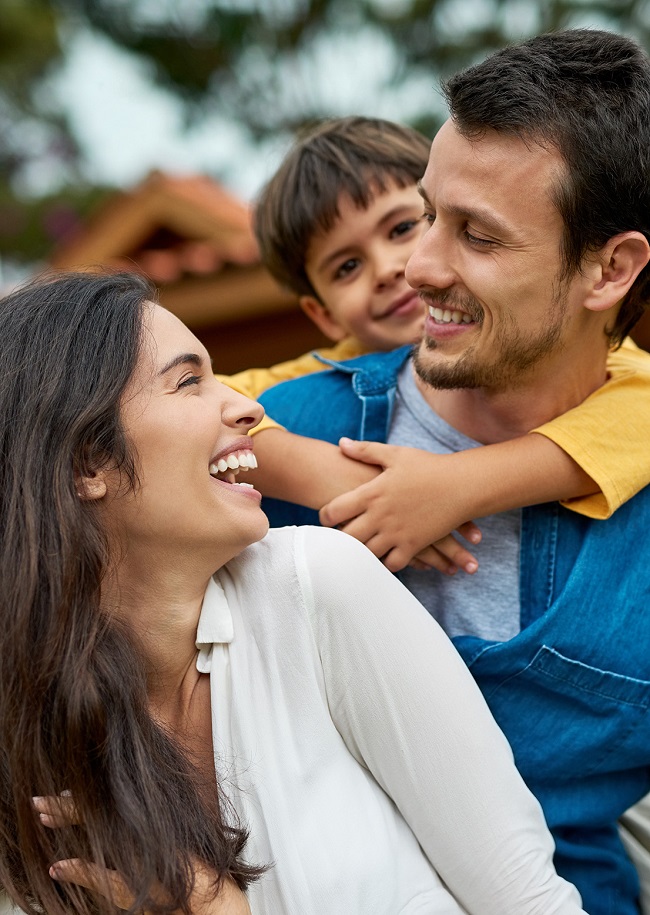
Factors Contributing to the Rise of Multigenerational Living
Multigenerational living has become increasingly common in the United States due to a variety of factors that have transformed the American family structure. One of the primary drivers of this trend is the high cost of housing, particularly in urban areas like Southern California’s cities, where prices have risen sharply and made it difficult for young families to purchase a home of their own. As a result, many families are choosing to combine households in order to share expenses such as mortgage payments or rent.
Another factor contributing to the growth of multigenerational living is the increasing need for caregiving. As the baby boomer generation ages, many find themselves requiring assistance with daily tasks and medical needs. Adult children, like Miguel and Isabella Garcia, often step in to provide care for their aging parents, finding it more practical and cost-effective to live together rather than pay for expensive in-home care or assisted living facilities.
Beyond practical considerations, the desire for family closeness and support also plays a significant role in the rise of multigenerational households. In a fast-paced, often disconnected world, many families yearn for the sense of togetherness and continuity that comes from living under one roof. Grandparents can provide valuable guidance and support to their grandchildren, while adult children can benefit from the wisdom and experience of their elders.
Cultural traditions and values also contribute to the growing popularity of multigenerational living. Living with extended family is a common and cherished practice in many immigrant communities, including the Latino community to which the Garcias belong. “It’s just part of our culture,” Luis Garcia explained, “We believe in taking care of our own, and that means being there for each other, no matter what.”
As an increasing number of families adopt multigenerational living, it becomes evident that this structure is more than a solution to financial constraints or the necessity for caregiving, it is a manifestation of the lasting significance of family ties and cultural legacy in American society.
Adapting to Multigenerational Living
While multigenerational living offers numerous benefits, it comes with challenges that require adaptation and flexibility. One of the first hurdles families face is creating a living space that accommodates the needs of all generations. For the Garcias, this meant making home modifications to provide accessibility and privacy. They converted their garage into a separate living area for Luis and Maria, complete with a bathroom and kitchenette, allowing them to maintain a sense of independence while still being close to family.
Sharing living spaces and responsibilities can also be a challenge in multigenerational households. Family members may have different schedules, habits, and expectations when it comes to household chores, meals, and social activities. “It was a bit of an adjustment at first,” Isabella admitted, “We had to learn to communicate openly and divide tasks in a way that worked for everyone.”
Despite these challenges, the benefits of intergenerational relationships and support are immeasurable. Sophia and Diego Garcia have the unique opportunity to grow up with the constant presence and guidance of their grandparents. “I love having Abuelito and Abuelita here,” Sophia shared, “They always have time to listen to my stories and teach me new things.” For Luis and Maria, being an integral part of their grandchildren’s lives brings joy and a renewed sense of purpose.
Successful multigenerational living requires open communication and clear boundary-setting. The Garcias have regular family meetings to discuss concerns, make decisions, and ensure that everyone’s needs are being met. They also make a point to respect each other’s privacy and personal space, recognizing that each family member needs time to pursue their own interests and recharge.
“It’s not always easy,” Miguel acknowledged, “But at the end of the day, we know we’re stronger together. We’re learning and growing as a family, and that’s what matters most.”
As more families embrace multigenerational living, the Garcias serve as an example of how, with patience, understanding, and a willingness to adapt, this arrangement can foster deeper connections and provide a supportive foundation for all generations.
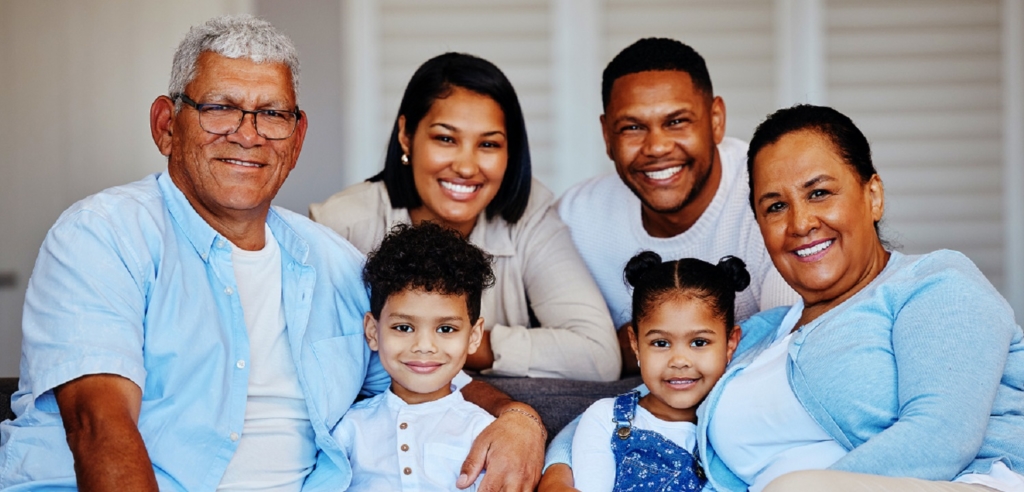
Creating Multigenerational-Friendly Communities
As multigenerational living becomes more common, communities will need to adapt to support these families’ unique needs. Local governments and organizations play a crucial role in creating multigenerational-friendly environments that promote inclusivity and provide access to essential resources.
In Redlands, the Garcia family has benefited from the city’s proactive approach to supporting multigenerational households. The local government has implemented zoning laws that allow for the creation of accessory dwelling units (ADUs), making it easier for families to modify their homes to accommodate multiple generations. The city also offers grants and low-interest loans for home modifications, recognizing the financial needs that many families face.
Community organizations, such as senior centers and youth programs, have also stepped up to provide resources and support services tailored to multigenerational families. The Redlands Community Center, for example, offers intergenerational activities and classes that bring together people of all ages, promoting a sense of community and promoting understanding across generations.
“Through the community center, we’ve met so many wonderful families,” Maria Garcia shared. “It’s comforting to know that we’re not alone in this journey and that there are people and resources available to support us.”
In addition to practical support, creating multigenerational-friendly communities also involves cultivating a sense of inclusivity and celebrating the diversity of family structures. The Garcias have found that living in a community that embraces multigenerational living has made their experience more positive and rewarding.
“It’s about more than just having the right services or resources,” Miguel explained, “It’s about feeling like you belong like your family is valued and understood.”
As more communities recognize the importance of supporting multigenerational families, they can look to places like Redlands for inspiration. By creating inclusive environments, providing access to resources, and celebrating the strengths of multigenerational living, communities can help families like the Garcias thrive and build a stronger, more connected society.
Lessons Learned and Advice for Multigenerational Families
Living in a multigenerational household is a process of growth and discovery, as the Garcias have learned firsthand. Along the way, they have gained valuable insights that can benefit other families undertaking a similar path.
One of the most important lessons the Garcias have learned is the value of open communication and flexibility.
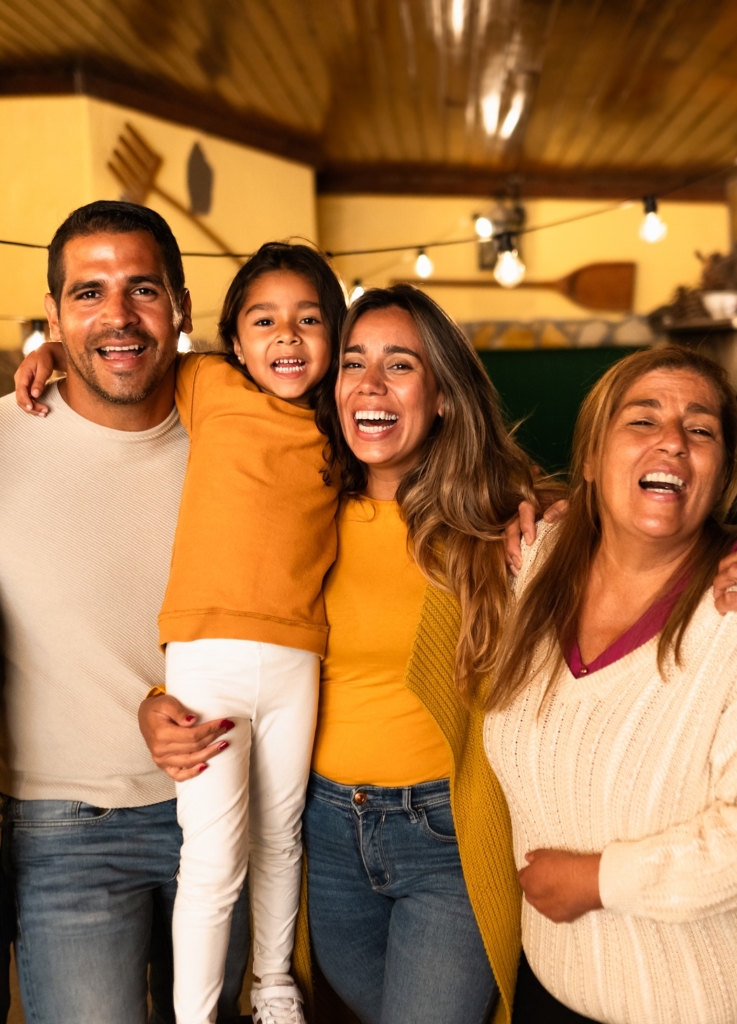
The Garcias have found that regular family meetings, where everyone has a chance to voice their concerns and ideas, have been essential in maintaining harmony and understanding within their household. They also stress the importance of being flexible and willing to compromise, recognizing that each family member may have different priorities and approaches to daily life.
Another key piece of advice the Garcias offer is to seek support and resources when needed. “Don’t be afraid to ask for help,” Luis encouraged, “whether it’s from family members, friends, or community organizations. There are people out there who understand what you’re going through and want to support you.”
The Garcias have also learned to celebrate each generation’s unique strengths and contributions. “Every member of our family brings something special to the table,” Maria shared, “from the wisdom and experience of the older generation to the energy and fresh perspectives of the younger ones.”
By recognizing and appreciating the value that each person brings to the family, the Garcias have created a household that is greater than the sum of its parts. They have found joy in shared meals, laughter in intergenerational game nights, and strength in the knowledge that they are facing life’s challenges together.
“Living in a multigenerational household isn’t always easy,” Miguel admitted, “but it’s incredibly rewarding. It’s taught us so much about love, patience, and the true meaning of family.”
As more families consider the benefits of multigenerational living, the lessons learned by the Garcias serve as a roadmap for navigating the challenges and embracing the joys of this increasingly common lifestyle. By prioritizing communication, seeking support, and celebrating the unique contributions of each generation, families can build stronger, more resilient bonds that will endure for years to come.
Final thoughts
If we look around, it isn’t hard to see that the traditional nuclear family is no longer the norm, multigenerational living has become an important and transformative choice for many Americans. As the Garcia family’s story illustrates, bringing multiple generations together under one roof can offer a wealth of benefits, from financial stability and shared caregiving responsibilities to the joy of deep, intergenerational connections.
The increasing relevance of multigenerational living in today’s society cannot be overstated. As we face unprecedented challenges, from economic uncertainty to the pressures of an aging population, the value of family support and solidarity has never been clearer. By pooling resources, sharing wisdom, and leaning on one another in times of need, multigenerational families like the Garcias are building a foundation for resilience and growth that extends far beyond their individual households.
For families considering this lifestyle, the Garcias offer a message of encouragement and hope. “It’s a journey,” Isabella said, “one that requires patience, understanding, and a willingness to grow together. But it’s also an incredible opportunity to deepen your relationships, learn from one another, and create a legacy of love and support that will last for generations.”

